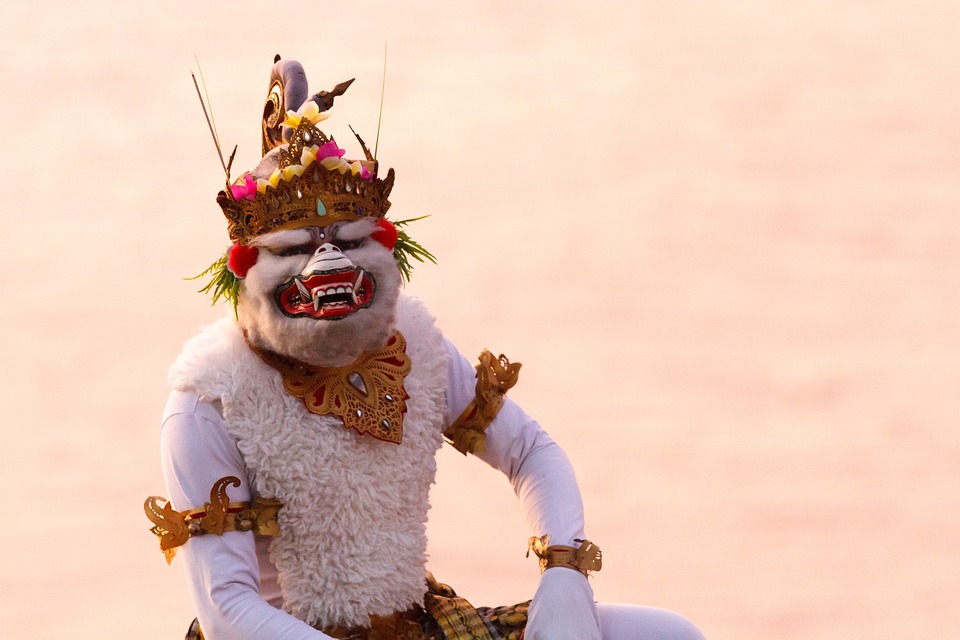Ubud, a culturally rich enclave located in the heart of Bali, Indonesia, serves as a vibrant hub for art, spirituality, and traditional Balinese culture. Renowned for its lush landscapes, traditional crafts, and enchanting temples, Ubud attracts travelers seeking not only adventure but also a deeper understanding of Bali’s cultural heritage. In this exploration of Ubud’s most iconic landmarks, we will delve into the unique essence of each site, offering insights that go beyond the surface and resonate with the very spirit of this captivating destination.
One of the most emblematic sites in Ubud is the Sacred Monkey Forest Sanctuary. This lush, calm haven is not only home to hundreds of playful long-tailed macaques but also hosts ancient temples and beautiful greenery. The sanctuary spans over 12 hectares and is a UNESCO-protected area that serves as a natural habitat for these monkeys, along with numerous species of trees, including sacred banyan trees. The temple complex, featuring intricately carved stone structures, exemplifies the divine connection between nature and spirituality that is central to Balinese culture. Visitors flock to the sanctuary not only to observe the monkeys but also to appreciate the intricate architecture and lush surroundings that encapsulate the essence of Ubud.
At the heart of Ubud lies the Puri Saren Agung, or the Ubud Palace, which serves as a historical landmark showcasing the elegance of Balinese royal architecture. This palace was once the official residence of the Ubud royal family and remains a focal point of cultural life in Ubud. Visitors are often drawn to the palace for its stunning traditional performances, including dance and music, that occur regularly in the evening. The ornate carvings and detailed sculptures found throughout the palace grounds narrate tales of Balinese mythology and history, providing visitors with valuable insights into the local culture.
No visit to Ubud is complete without a trip to the Tegallalang Rice Terraces. Recognized for their breathtaking beauty, these rice paddies are a glorious example of the subak, an ancient irrigation system that is incredibly intricate and sustainable. The terraced landscape offers a stunning vista that has become iconic to Ubud and is a favored spot for photographers and nature lovers alike. Walking through the terraces, one can appreciate the diligent work of local farmers who have nurtured this land for generations, cultivating rice and preserving Ubud’s agricultural heritage.
Venture further into the realm of spirituality at the Goa Gajah Temple, or the Elephant Cave, which dates back to the 9th century. This archaeological site is a key aspect of Ubud’s rich cultural tapestry. The temple features an entrance carved into a rock face, depicting a monstrous face, which gives way to a cave adorned with intricate carvings. Surrounding the cave are ancient bathing pools, where sacred rituals are performed to this day. The peace and historical significance of Goa Gajah make it a must-visit site for those seeking to understand the spiritual side of Ubud and its connection to traditional Balinese beliefs.
For those interested in the artistic side of Ubud, the Neka Art Museum presents a remarkable collection of Indonesian art, showcasing works from renowned Balinese artists as well as international influences. The museum is not only a visual feast but also an educational experience, as it provides context about the evolution of Balinese art. From traditional paintings to contemporary pieces, the diverse collection reflects the multi-dimensional aspects of art in Ubud, highlighting the region’s influence on the global art scene.
The final highlight of Ubud’s cultural odyssey is the Campuhan Ridge Walk, a serene trek that offers breathtaking panoramic views of lush valleys and rice fields. This scenic pathway is popular among those looking to enjoy a peaceful escape from the bustling art markets and tourist areas. The walk stretches for approximately 2 kilometers and is an ideal opportunity to immerse oneself in the natural beauty that surrounds Ubud, providing a moment of reflection and tranquility amidst vibrant rural life.
In conclusion, Ubud offers an unparalleled opportunity to explore iconic landmarks that each tell a story of the region’s rich heritage and cultural significance. From the playful monkeys in the lush forests to the serene walks in the countryside, Ubud invites travelers to embark on a cultural journey unlike any other. Whether you are exploring its temples, indulging in its culinary delights, or immersing yourself in its arts scene, Ubud is truly a place where culture, nature, and spirituality converge in harmonious magnificence.
